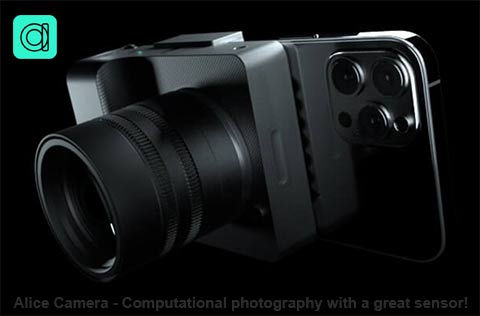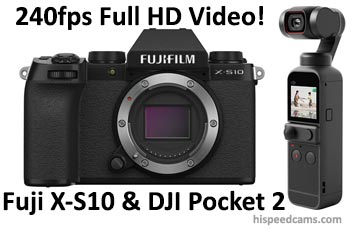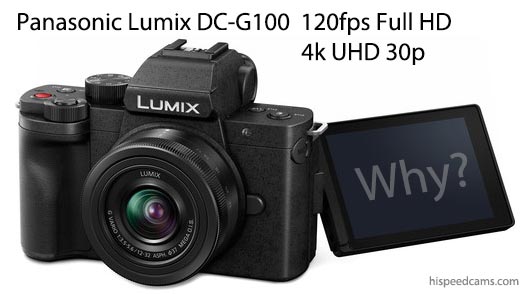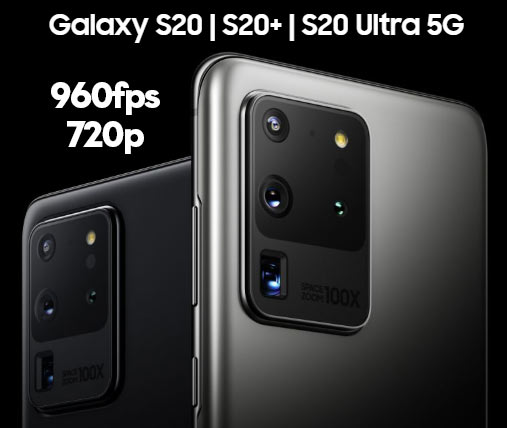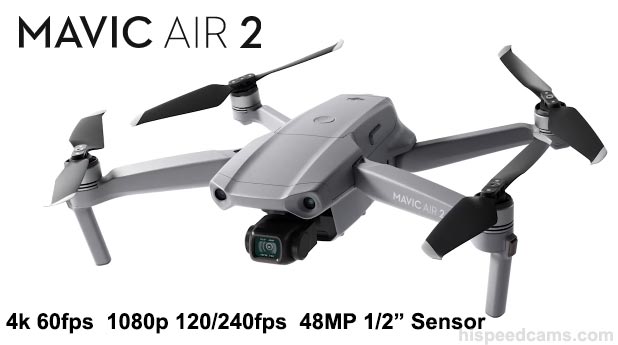Two very different new cameras were released this week that are able to shoot in 240fps Full HD 1080p. One is the Fujifilm X-S10 which is an all-rounder mirrorless camera with 6 stop IBIS and cinema video profiles for $999 body only, the other is the sequel to the very well received DJI Osmo Pocket now named DJI Pocket 2 dropping the OSMO part of the name & starting at $349 in its most basic form. Slow Motion on DJI Pocket 2 & Fuji X-S10 is close on both.
Both cameras are able to do 120fps as well but the interest peaks at 240p where the speed makes things moving slower more detailed, especially people as at that speed lifeforms moving relatively slow are excellent subjects. For faster animals like birds or flying insects, you need many more frames per second, usually in the 700+ range to create a good enough effect.
Slow Motion on DJI Pocket 2 & Fuji X-S10 – Two cameras that are very different but can shoot the same fps!
Fuji X-S10 Video Modes:
| Video Recording Modes |
H.264/MOV 4:2:0 8-Bit
DCI 4K (4096 x 2160) at 23.976p/24.00p/25p/29.97p [100 to 200 Mb/s]
UHD 4K (3840 x 2160) at 23.976p/24.00p/25p/29.97p [100 to 200 Mb/s]
DCI 2K (2048 x 1080) at 23.976p/24.00p/25p/29.97p/50p/59.94p [50 to 200 Mb/s]
Full HD (1920 x 1080) at 23.976p/24.00p/25p/29.97p/50p/59.94p/100p/119.88p/200p/239.76p [50 to 200 Mb/s] |
So starting with the Fuji X-S10 we cans ee that it has a plethora of video recording modes with the absence of the now much coveted 4k 60p which is not here in any form. We do have a 2k cinema mode with 60p which is an ok consolation prize but in a world of 4k it seems they could have added that 4k 60p just to be competitive.
We get 100fps and 200fps at 1080p in PAL format and 120fps and 240fps in NTSC mode. As far as we know every camera can be switched with a single menu to be able to use either of the two systems.
The great news here is that the slow motion modes at 1080p offer up to 200Mb/s in the codec which is pretty remarkable considering not many cameras pass 50Mb/sec in these modes.
The bad news is that the slow motion seems a bit mushy and pixelated which is an unwelcome sight. We found a short video showing this mode at the video below at 8:16:
Fujifilm X-S10 Hands-on Review by DPReview TV:
While we need more samples for full confirmation it does look more like a 720p up-rez than true 1080p, which is common in cameras that shoot these kinds of frame rates and are not dedicated slow motion cameras. Even Jordan the reviewer above states that the quality of the footage at 240p is nothing to brag about and it is pretty low quality. Kind of sad considering the maximum bitrate of 200Mbps at 1080p.
The Fuji X-S10 is an interesting camera that can do a lot of things right, it is great that it offers very good frame rates as options and we will re-visit this camera in the future when more samples are available. If you are a Fuji system enthusiast, we actually think the new X-S10 is probably the best bargain for a powerful camera in Fuji Land and you really cannot go wrong if you want to shoot video with its great stabilization and flip out Vari-Angle screen.
DJI Pocket 2 Video Modes:
Slow Motion:
- 240 fps Recorded at 1920 x 1080p
- 120 fps Recorded at 1920 x 1080p
| Video Rec Formats |
3840 x 2160p at 24/25/30/48/50/60 fps (100 Mb/s MP4 via H.264/AVC, MPEG-4)
2720 x 1530p at 24/25/30/48/50/60 fps (100 Mb/s H.264/AVC, MPEG-4)
1920 x 1080p at 24/25/30/48/60 fps (100 Mb/s MP4 via H.264/AVC, MPEG-4) |
The DJI Pocket 2 is a very impressive device. On the one hand, it has a larger sensor than its predecessor, one rivaling the old P&S prosumer cameras like the Canon G series back in the last decade. The sensor is 1/1.7″ 64 Megapixels which allows for 8x true zoom crop on the image if needed.
On the other hand, it has a gimbal that is the main selling point that this camera has going for it. A true stabilized system akin to those on DJI drones but on your pocket/hand. The performance of stabilization is remarkable and the addition of an optional lavalier mic. option with a clip-on module makes it ideal for Vloggers to shoot on a minute and cheap all in one package.
The slow motion modes at 120fps and 240fps are there and easily accessible which is great news since the original Pocket maxed out at 120fps with a 200fps hack that was not really usable.
We found a couple of great samples of slow motion 120p and 240p in the video review below at 9min 45seconds run time:
DJI Pocket 2 | Wider FOV, Bigger Sensor, 240fps by Potato Jet: → Continue Reading Full Post ←


